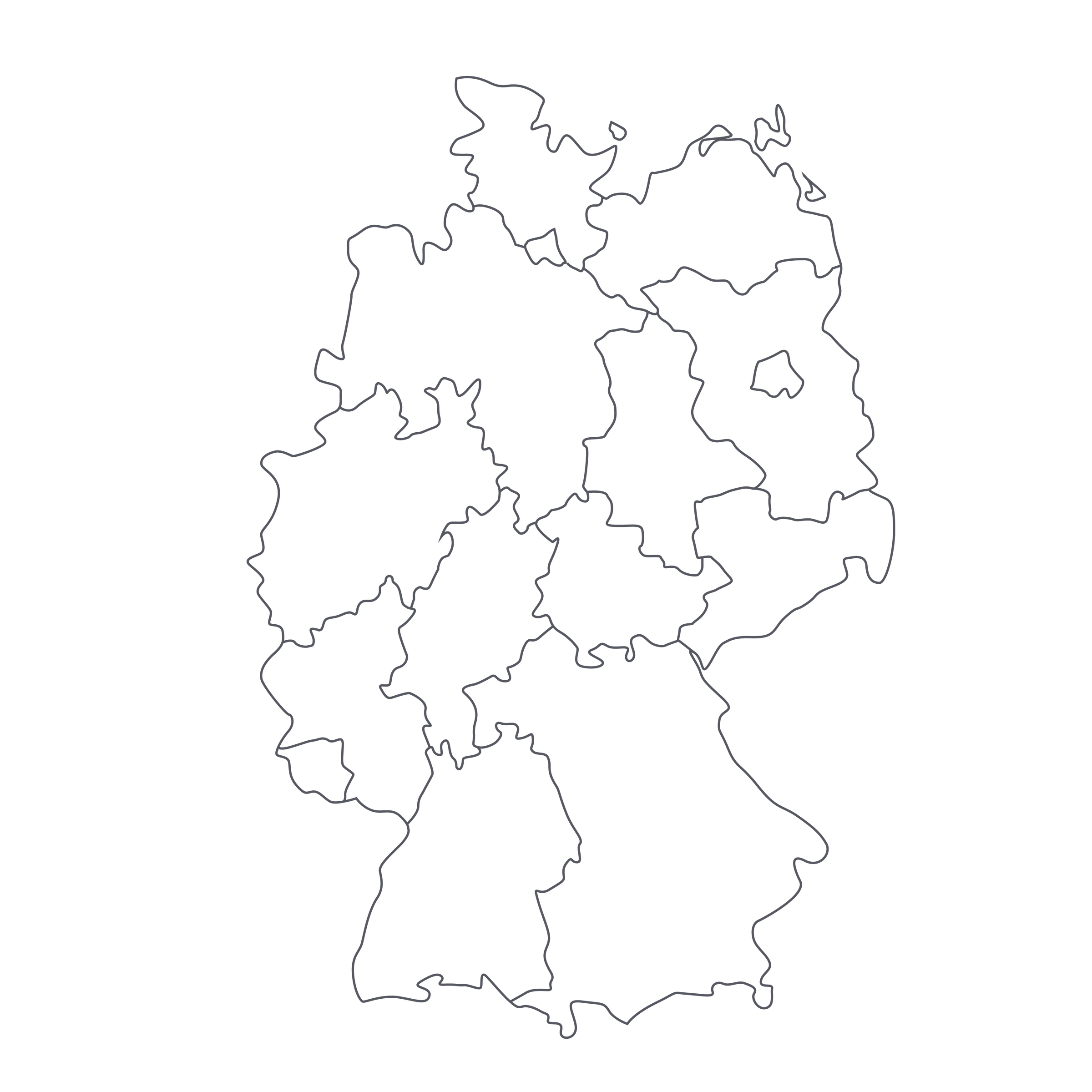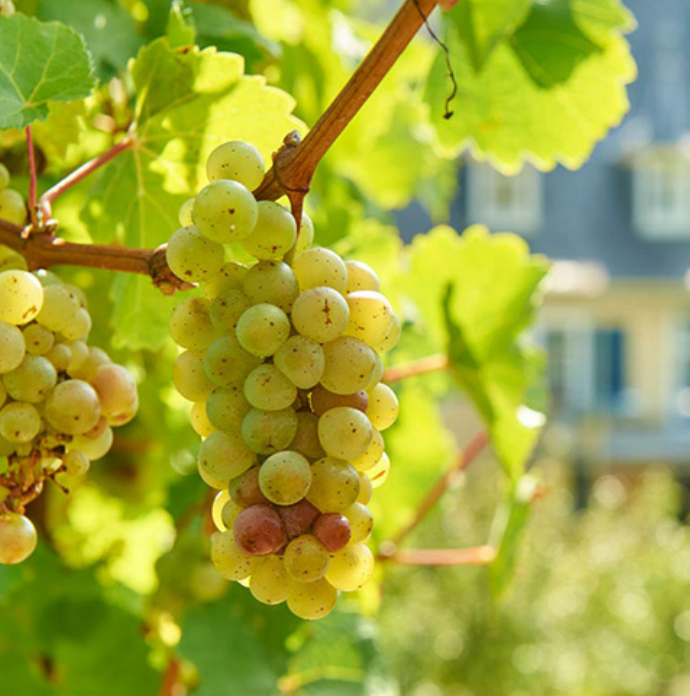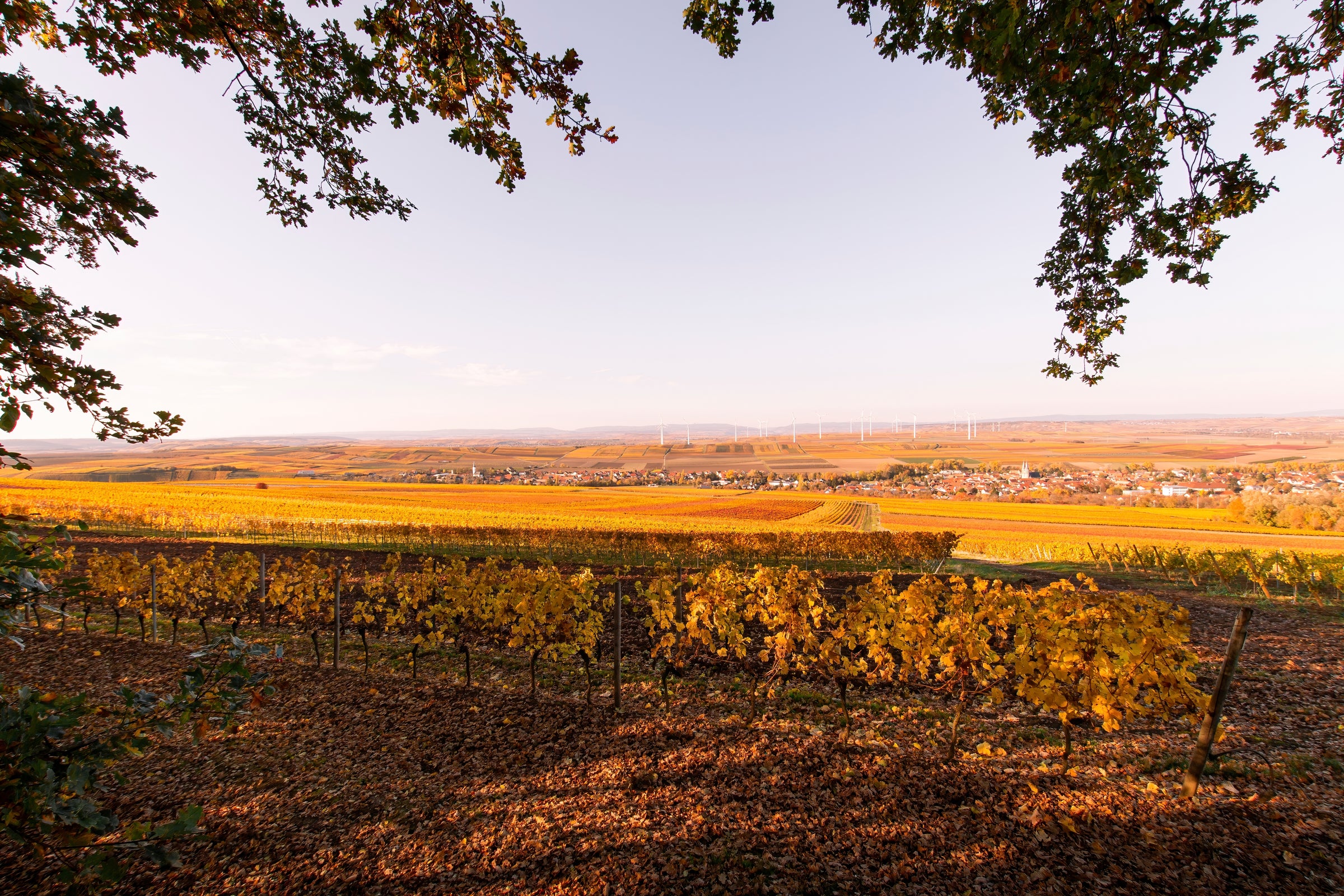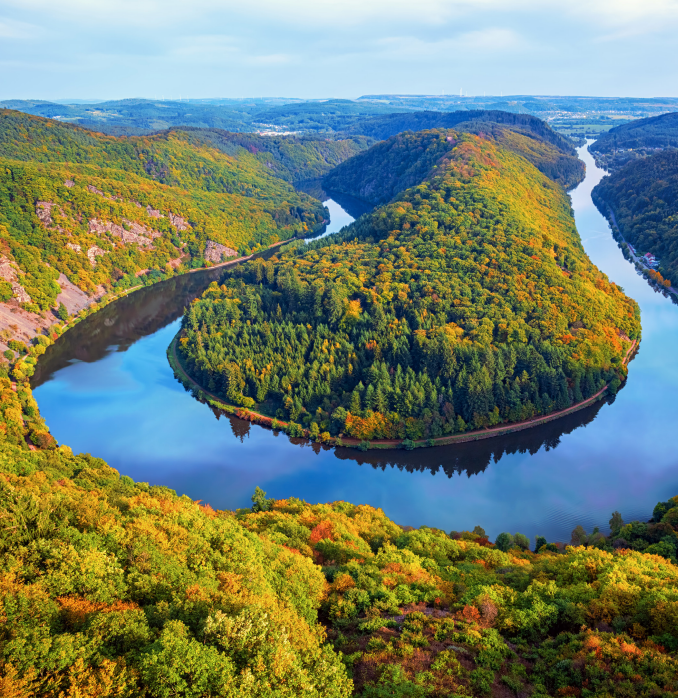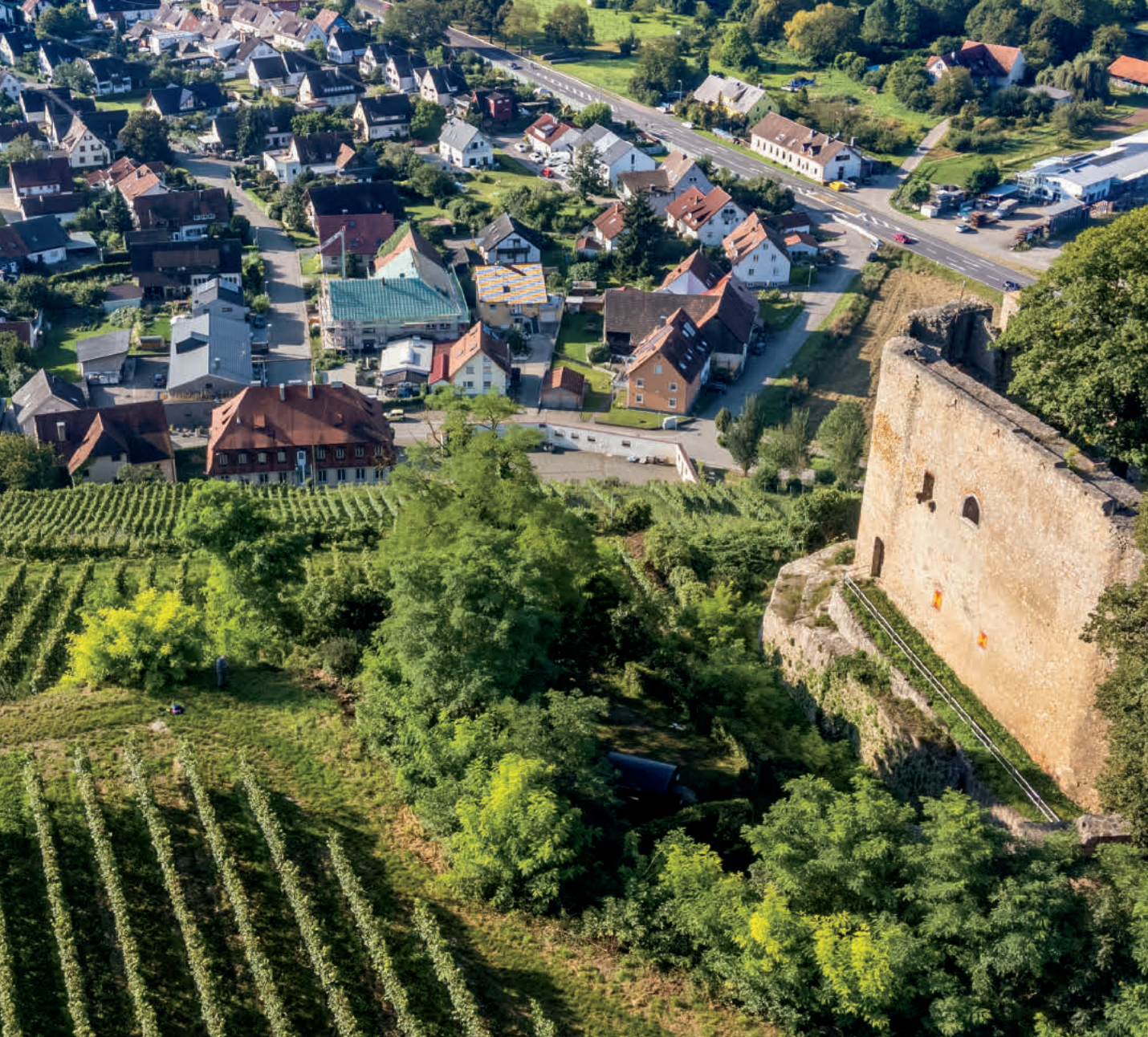Everyone at SommSelect has been fawning over German Pinot Noirs lately, but for me they’ve become a full-blown obsession. I get like this sometimes, but trust me on this one: It is well worth it. Some of the most profound Pinot Noirs we’ve tasted recently—especially when you factor price/quality ratio into the equation—have been German, with those from the southerly region of Baden leading the way.
We’re talking about smoky, silky, structured Pinot Noir, from limestone-rooted vineyards perched at the edge of the Black Forest, that rival Burgundy in complexity and Willamette Valley in value. “Talrain” is the name of a prized single vineyard that climbs to an altitude of 2,000 feet and supplies the beautifully perfumed Pinot Noir grapes in this bottle. Weingut Zieresen takes it one step further and proves these wines can age, too, as this brilliant 2014 proves unequivocally—for just $32 at that! One sip and you’ll see why I’m obsessed. NOTE: Aside from transit, this parcel spent the entirety of its life maturing in the cellars of Zieresen.
I never thought Oregon Pinot Noir would have a peer in the value department, but here we are, and frankly, no one should be surprised. Germany is the world’s third-largest producer of Pinot Noir, a.k.a. Spätburgunder, and yet its proven prowess with the variety has yet to translate into the wines fetching anywhere near what they are worth. And while Pinot Noir is grown in all of Germany’s 13 wine regions, Baden is widely recognized as its premier terroir for the variety—not least because of its strong physical similarities to Burgundy in terms of soil and climate. It is believed that Cistercian monks planted Pinot Noir and other “Burgundian” varieties in Baden at roughly the same time as in Burgundy itself, so again, this is not some novel experiment with the grape in this place: They’re meant for each other.
Weingut Ziereisen is very close to where Germany, Switzerland, and France meet, about 15 kilometers north of the Swiss city of Basel. Hanspeter Zieresen and his wife, Edel, are the hands-on proprietors of the small estate, focusing intently on the health and sustainability of their vineyards, most of which surround the winery in the village of Efringen-Kirchen, not far from the Rhine River. The “Talrain” site, however, is located about a half-hour away, further into the forest and reaching past 500 meters, making it one of the highest-elevation sites in Germany. The soils of iron-rich clay/loam over Jurassic limestone complete the perfect Pinot Noir picture, and the wine is thrillingly evocative of its place.
What we’ve been loving about German Pinot is their combination of smokiness and silkiness: there’s a very woodsy, savory quality to these wines along with very plush textures, modest alcohol, and refreshing—not sharp—acidity. Zieresen’s ’14 from Talrain tacks on a little more muscle, and is aged two years in large barrels before bottling. In the glass, it’s a translucent, slightly cloudy garnet-red with pink reflections, with inviting aromas of red and black cherry, wild strawberry, rhubarb, rose petals, and lots of underbrush, smoke, leather, and herbs. It is medium-plus in body, with exceptionally refined tannins, and a great example of how important balance is to a wine’s longevity. It should continue to evolve beautifully for another three years but I won’t be waiting to pull the cork on another bottle: decant it 15 minutes before service at 60 degrees in Burgundy stems and you’re good to go! It’s too bad Thanksgiving is so far off because my mind immediately went there when I tasted this. The attached recipe will have to do for now. Cheers!
